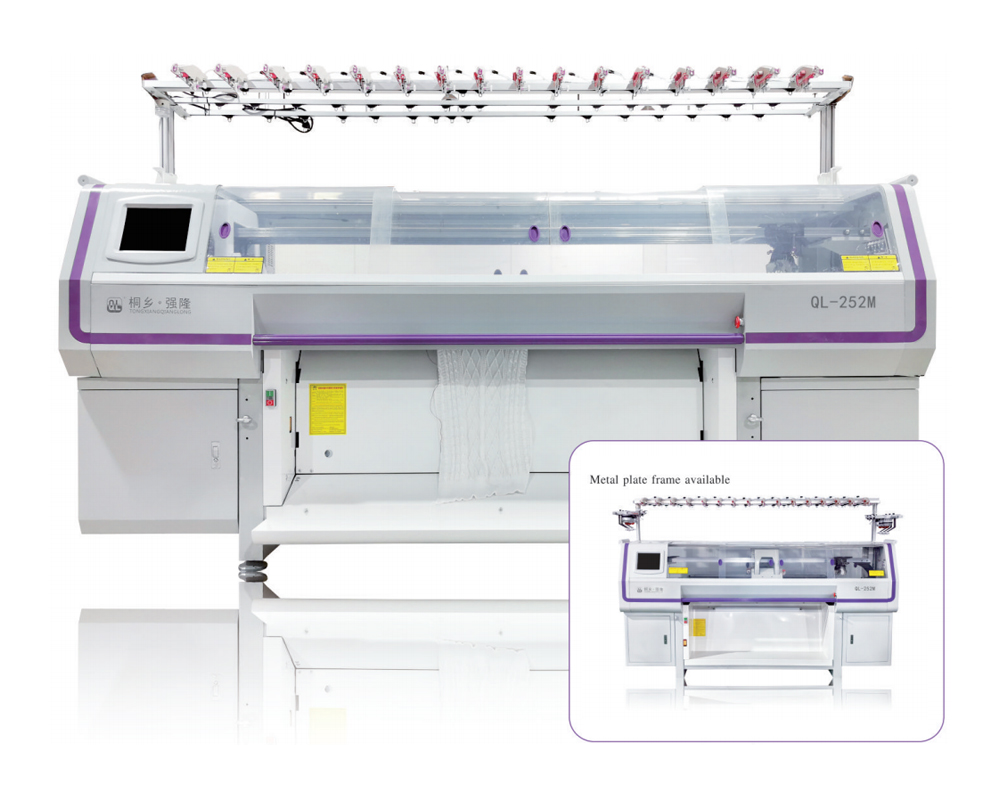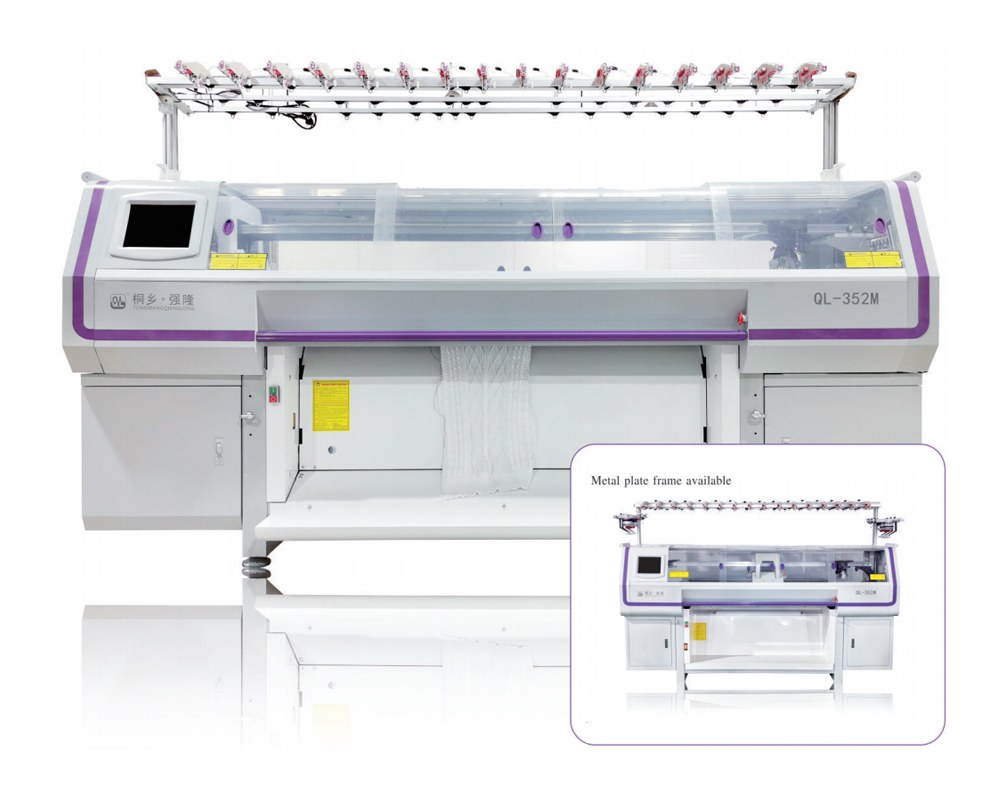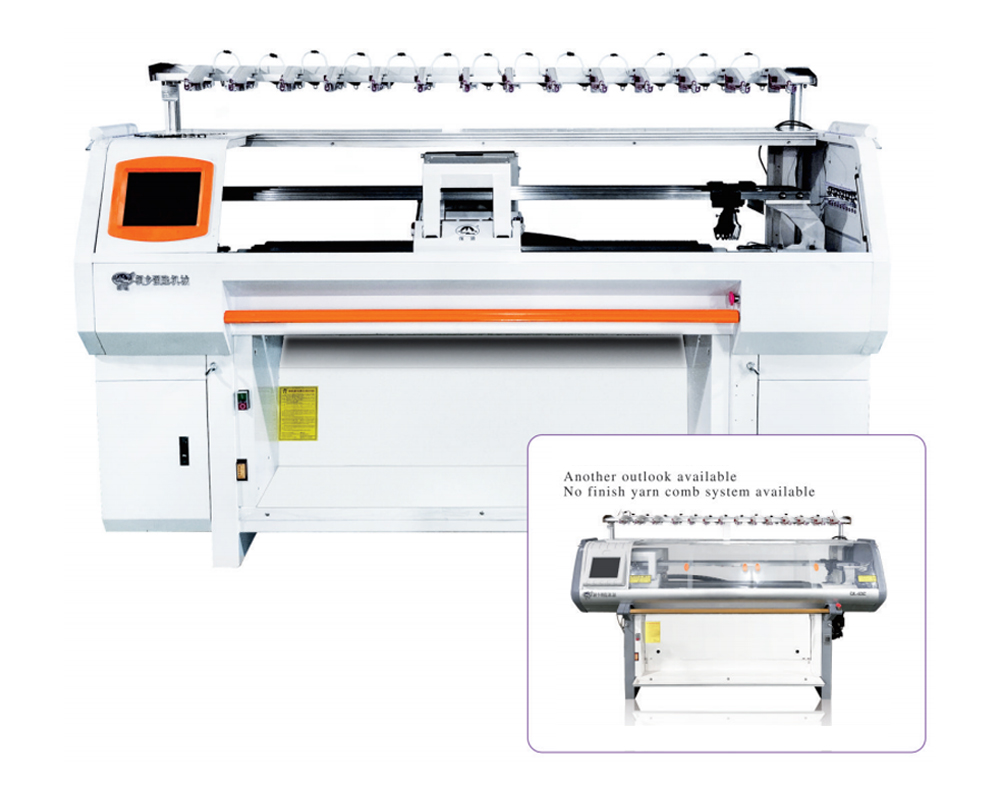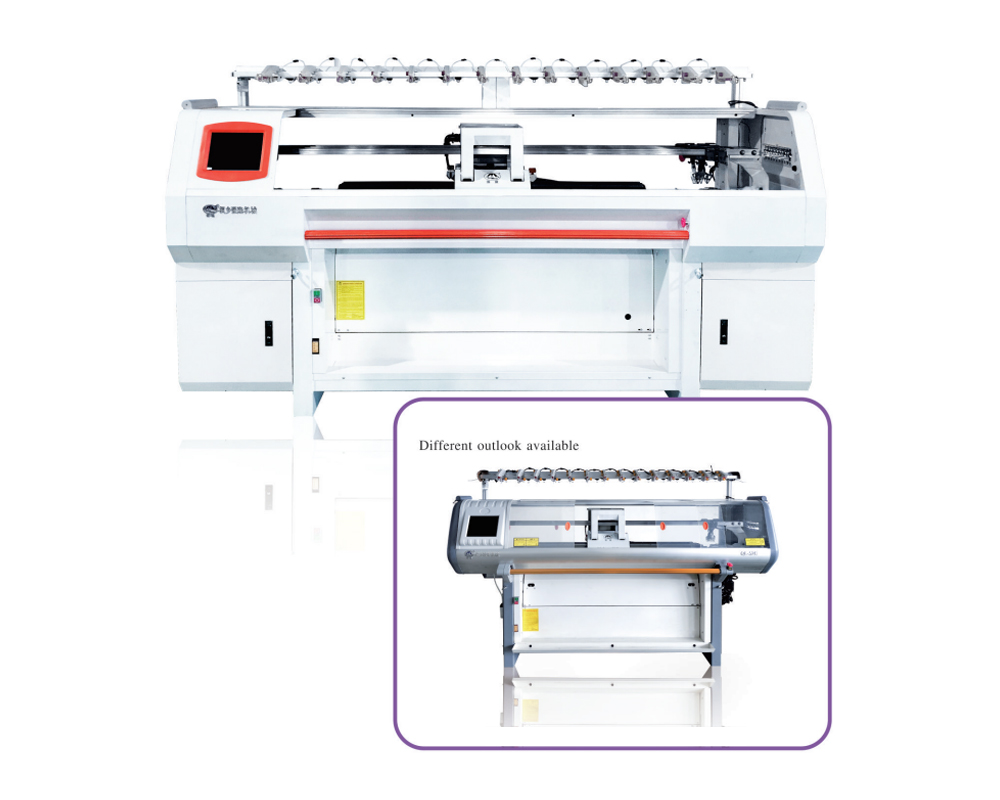Tongxiang Qianglong Machinery Co., Ltd. is high-tech China wholesale computerized flat knitting machine manufacturers, specialized in designing, developing, and manufacturing Knitting Machinery..
In recent years, the footwear manufacturing industry has been undergoing a technological revolution driven by digitalization and automation. The most notable development has been the widespread use of shoe upper knitting machines. Compared to traditional cutting and sewing processes, these machines can weave shoe uppers in a single pass, significantly improving production efficiency, reducing material waste, and providing designers with greater creative freedom. So, how do shoe upper knitting machines actually work? What does it mean for the future of the footwear industry?
What is a shoe upper knitting machine?
A shoe upper knitting machine is a type of automated knitting equipment specifically designed for producing uppers for athletic and casual shoes. It uses the principle of knitting to shape, using knitting needles to interweave yarns to create a threedimensional upper structure without the need for additional cutting and sewing steps.
There are two main types of shoe upper knitting machines:
1. Warp Knitting Machine – Yarns are arranged in the warp direction, resulting in high speed and stability, making it suitable for mass production.
2. Flat Knitting Machine – Yarns are arranged in the weft direction, resulting in a wider variety of patterns and structures, making it suitable for customized and complex designs.
Working Principle
The workflow of a shoe upper knitting machine is generally as follows:
1. Design Input – The shoe upper structure and pattern are drawn using CAD or dedicated shoe upper design software.
2. Program Compilation – The design is converted into a command file that the knitting machine can understand.
3. Automatic Knitting – The machine precisely knits yarns of different colors and materials according to the command, creating an upper that conforms to the contours of the shoe last.
4. PostProcessing – This includes shaping, removing excess yarn ends, and reinforcing specific areas.
This "oneshot molding" manufacturing method significantly reduces manual labor and material waste.

Advantages of Upper Knitting Machines
1. High Automation and Efficiency
Compared to traditional upper cutting and sewing processes, knitting machines can complete complex upper structures in a short time, significantly shortening production cycles.
2. Material Saving and Waste Reduction
Traditional processes produce a large amount of scrap during the cutting process, while knitting machines achieve virtually zero waste, which is beneficial for both environmental protection and cost control.
3. High Design Freedom
Upper knitting machines can create a variety of stitches, colors, and structures, giving designers greater freedom in texture, vent distribution, and support structures.
4. Comfort and Functionality
Knitted uppers typically offer excellent breathability, flexibility, and a snug fit, making them comfortable to wear and suitable for both exercise and everyday wear.
Possible Challenges and Limitations
1. High Initial Investment Cost
Highend shoe upper knitting machines are expensive, making it difficult for small businesses to invest all at once.
2. Technical Training Needs
Shoe upper knitting requires multiple skills, including programming, yarn selection, and structural design. Companies need to train specialized personnel.
3. Maintenance and Consumables Management
Machine maintenance and yarn inventory management must be systematic, otherwise production stability will be affected.
Application Areas of Shoe Upper Knitting Machines
1. Sports Shoe Manufacturing – Lightweight, highly breathable uppers are suitable for running shoes, basketball shoes, and other sports.
2. Fashionable Casual Shoes – Unique textures and color combinations make knitted uppers a trendy staple.
3. Functional Footwear – Knitted uppers can incorporate functional yarns such as waterproof, cutresistant, and antistatic to meet industrial or outdoor needs. 4. Sustainable Footwear – Knitted uppers made from recycled yarns align with environmental trends.
Future Development Trends
1. Integration with 3D Printing
Future upper knitting machines may integrate with 3D printing technology to achieve integrated manufacturing of uppers and soles.
2. Application of Smart Textile Materials
By incorporating sensor fibers, knitted uppers can monitor movement data, temperature, and humidity, enabling smart wear.
3. Continuously Promoting Sustainable Production
More companies will choose materials such as recycled polyester and ecofriendly nylon to reduce their carbon footprint.
4. Personalized Customization
Consumers can select colors, patterns, and features online, and upper knitting machines will produce them instantly to meet personalized market needs.
Conclusion
The Shoe Upper Knitting Machine is more than just a production tool; it is also a key driver of transformation and upgrading in the footwear manufacturing industry. Its advantages in efficiency, environmental friendliness, and design innovation position it as a key player in future footwear competition. Upper knitting technology promises to open up new creative and production possibilities for both massproduced sports brands and independent design studios.
As footwear manufacturing increasingly pursues speed, sustainability, and personalization, mastering upper knitting machine technology may be the key to success in the next round of industry competition.
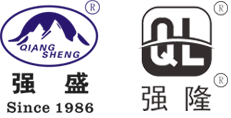
 English
English 简体中文
简体中文
 Chinese
Chinese English
English
